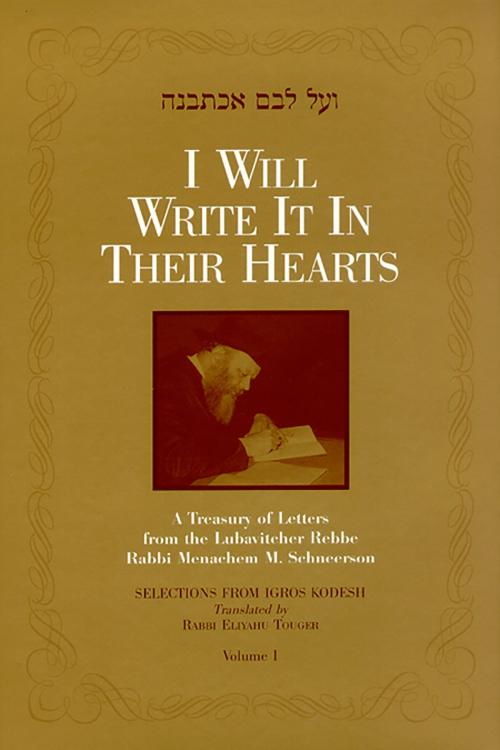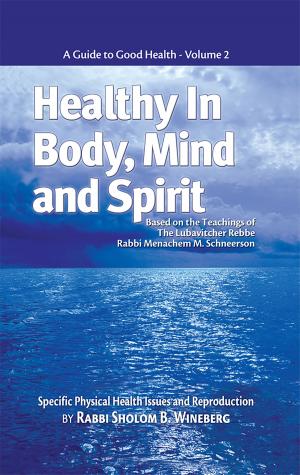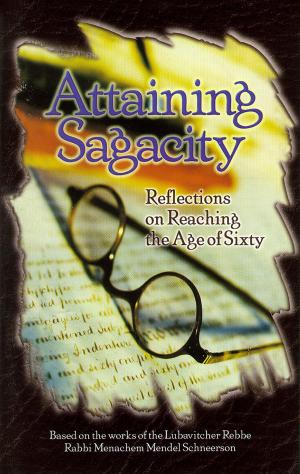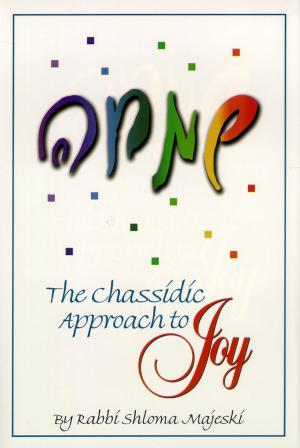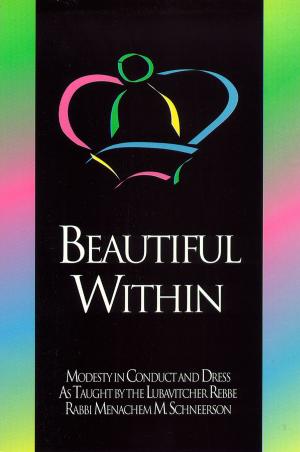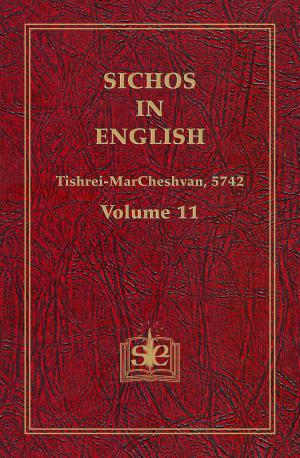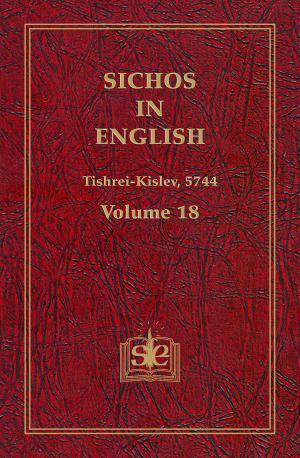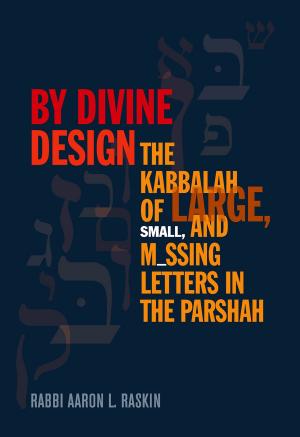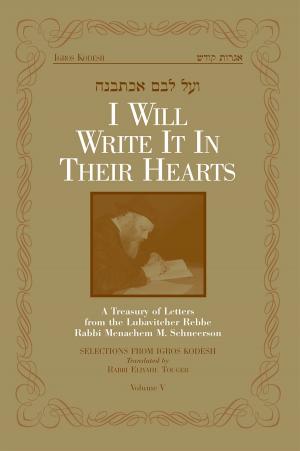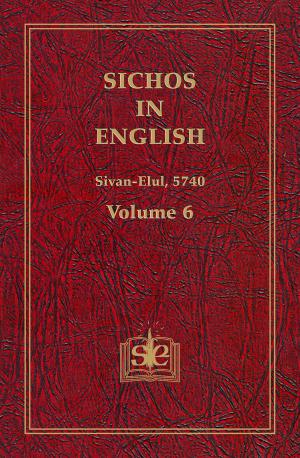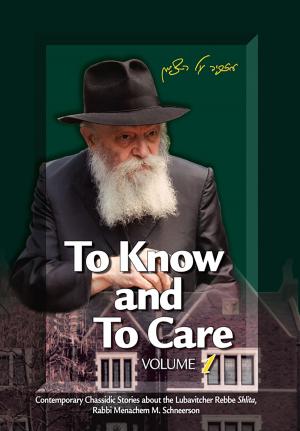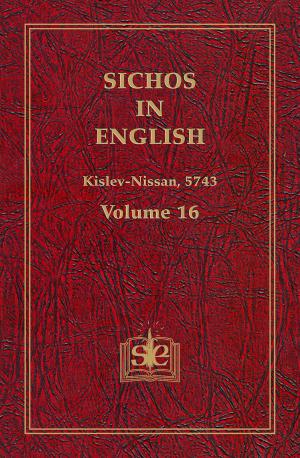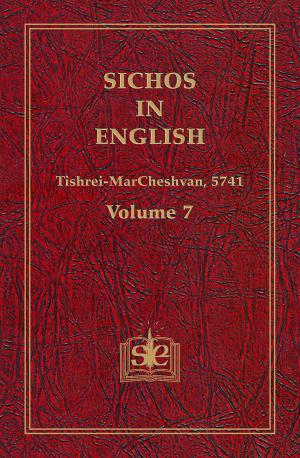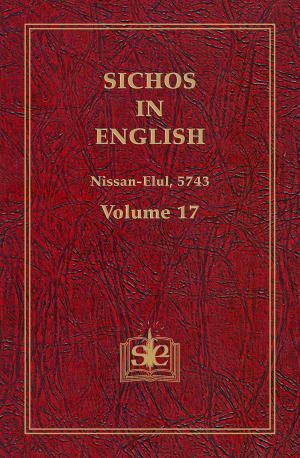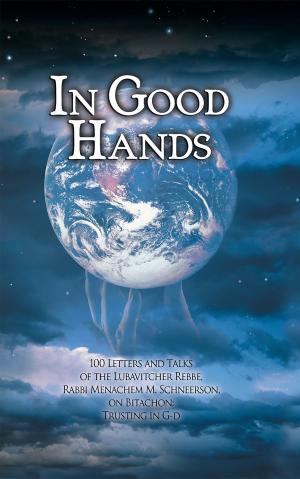I Will Write It In Their Hearts, Volume 1
Nonfiction, Religion & Spirituality, Judaism, Health & Well Being, Self Help, Self Improvement, Motivational| Author: | Eliyahu Touger | ISBN: | 9781465779175 |
| Publisher: | Sichos In English | Publication: | September 22, 2011 |
| Imprint: | Smashwords Edition | Language: | English |
| Author: | Eliyahu Touger |
| ISBN: | 9781465779175 |
| Publisher: | Sichos In English |
| Publication: | September 22, 2011 |
| Imprint: | Smashwords Edition |
| Language: | English |
A Treasury of Letters from the Lubavitcher Rebbe Rabbi Menachem M. Schneerson
Selections from Igros Kodesh
Every day, the postman would deliver several postal sacks of mail to “770.” From year to year, the content of these sacks increased. And as the communications revolution brought us faxes and e-mail, the amount of correspondence the Rebbe received became prodigious.
And there were answers. At all times — even after his heart attack in 5738 (1977) and during shivah for the Rebbetzin in 5748 (1988) — he would reply to letters. And even after the stroke in 5752 (1992), to the fullest extent possible, the Rebbe endeavored to respond to the many questions sent to him.
Scholars, communal leaders, children - the wide range of people to whom he wrote is staggering. Equally striking is the individual manner in which he would address and relate to each person.
Certainly, the letters contain profound lessons. But the larger lessons — insights into the Rebbe-chassid relationship and the different vantage points from which we can see the Rebbe — are the most exciting dimensions of this treasury.
A Treasury of Letters from the Lubavitcher Rebbe Rabbi Menachem M. Schneerson
Selections from Igros Kodesh
Every day, the postman would deliver several postal sacks of mail to “770.” From year to year, the content of these sacks increased. And as the communications revolution brought us faxes and e-mail, the amount of correspondence the Rebbe received became prodigious.
And there were answers. At all times — even after his heart attack in 5738 (1977) and during shivah for the Rebbetzin in 5748 (1988) — he would reply to letters. And even after the stroke in 5752 (1992), to the fullest extent possible, the Rebbe endeavored to respond to the many questions sent to him.
Scholars, communal leaders, children - the wide range of people to whom he wrote is staggering. Equally striking is the individual manner in which he would address and relate to each person.
Certainly, the letters contain profound lessons. But the larger lessons — insights into the Rebbe-chassid relationship and the different vantage points from which we can see the Rebbe — are the most exciting dimensions of this treasury.
